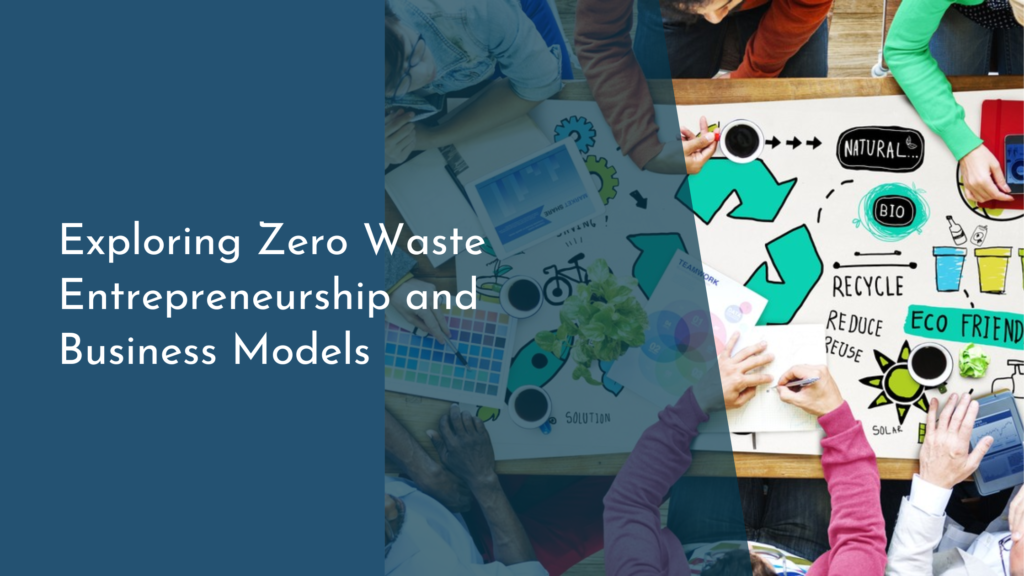Community Efforts in Wildlife Protection: How to Get Involved
Protecting wildlife is not just a task for conservationists and environmental scientists; it is a mission that requires a collective effort from communities across the globe. With species declining at an alarming rate due to habitat loss, pollution, and climate change, it is more important than ever for individuals to get involved in wildlife protection. This article explores the significance of these efforts, showcases successful community projects, and provides insights into how you can participate and make a difference.
Understanding the Importance of Wildlife Protection
Wildlife is an integral part of our ecosystems, playing essential roles in maintaining the balance of nature. From pollinators like bees that ensure the growth of plants and crops to predators that control the population of smaller animals, every species contributes to the health and functionality of our environment. Protecting wildlife thus ensures the preservation of these natural processes, which are crucial for sustaining life on Earth. By safeguarding various species, we also secure resources that humans depend on, such as food, clean water, and medicine, underscoring the interconnectedness between human life and wildlife.
Moreover, wildlife protection is vital for preserving biodiversity, which is a measure of the health of ecosystems. A diverse ecosystem is more resilient to changes and stresses, providing more stable environmental conditions and a richer array of resources for all beings. The loss of any species can trigger a domino effect, potentially dismantling entire ecosystems. Therefore, engaging in wildlife protection is not only about saving charismatic animals but also about nurturing the complex web of life that supports human existence.
Successful Community Projects Making an Impact
Across the globe, numerous community-led projects have demonstrated the power of collective action in wildlife protection. One such initiative is the "Save the Elephants" community program in Kenya, which focuses on monitoring elephant populations and mitigating human-wildlife conflicts. Through community education and the development of elephant-friendly farming techniques, local residents have significantly reduced conflicts and have fostered a harmonious coexistence between humans and elephants. This project exemplifies how local engagement can lead to practical solutions that benefit both wildlife and communities.
Another inspiring example is the "Great Barrier Reef Guardians" in Australia. This grassroots movement comprises local volunteers who participate in activities such as coral planting, beach clean-ups, and monitoring of marine life. Their efforts are critical in combating the effects of climate change and pollution on the reef. By involving local communities, the project has not only enhanced conservation outcomes but also empowered citizens to become stewards of their environment. These success stories highlight the potential of community efforts to create impactful and sustainable conservation strategies.
Ways to Volunteer and Support Local Initiatives
Volunteering for wildlife protection can take many forms, from hands-on activities like habitat restoration and wildlife monitoring to administrative roles that support conservation organizations. Participating in local conservation projects is an excellent way to start. Many organizations offer volunteer opportunities where you can assist with tree planting, beach clean-ups, or wildlife surveys. These activities not only contribute to the well-being of local ecosystems but also provide a fulfilling and educational experience for volunteers.
Another way to support wildlife protection is through advocacy and education. By raising awareness about local conservation issues and encouraging sustainable practices in your community, you play a crucial role in protecting wildlife. Hosting or participating in workshops, talks, and community events can engage others and foster a broader commitment to conservation efforts. Additionally, supporting local businesses and products that adhere to sustainable practices can further contribute to wildlife protection indirectly by promoting environmentally friendly economic activities.
Conclusion: Embrace the Joy of Conservation Efforts
Getting involved in wildlife protection is about more than just safeguarding animals and their habitats; it is about cultivating a deeper connection with nature and fostering a sense of community. Whether you are volunteering for a local project, advocating for sustainable practices, or simply spreading awareness, your efforts contribute to a larger global movement towards conservation. These activities not only benefit the environment but also enrich your own understanding and appreciation of the natural world.
Embracing wildlife conservation efforts allows individuals to become part of something bigger than themselves. By engaging in these activities, you have the opportunity to witness the positive impact of your actions, connect with like-minded individuals, and experience the joy of giving back to the planet. As we come together to protect wildlife, we also strengthen the bonds within our communities, ensuring a healthier, more sustainable future for all living organisms. Join the movement today and be a force for positive change.

